This article explains how to use Vector XYZ to create a vector from X, Y, and Z coordinates.
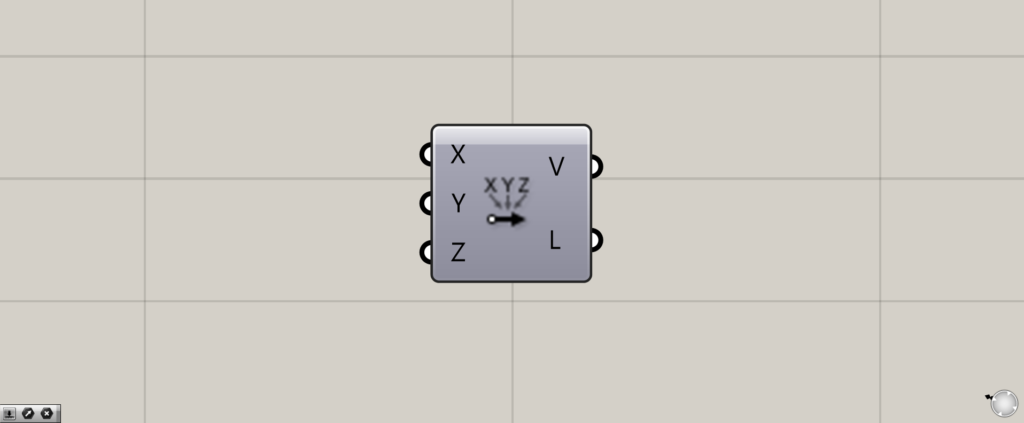
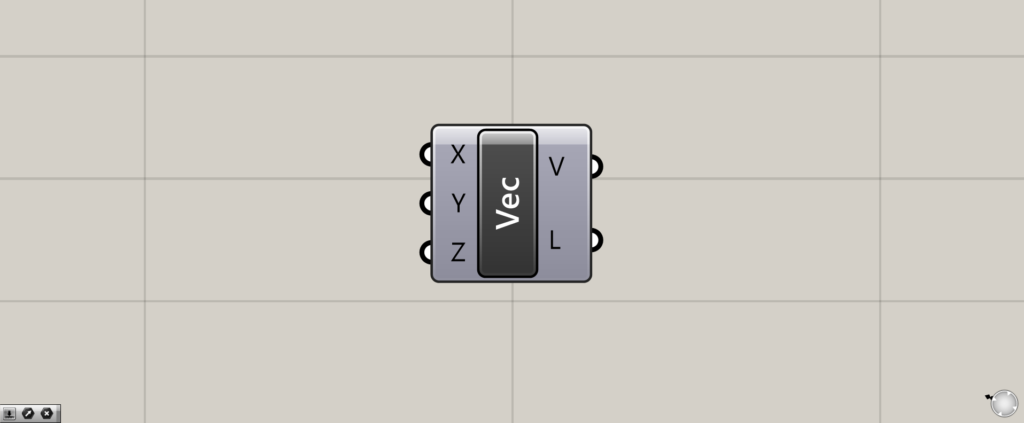
On the Grasshopper, it is represented by either of the two above.
Input the numerical values of the X, Y, and Z coordinates, and extract the vector and its distance
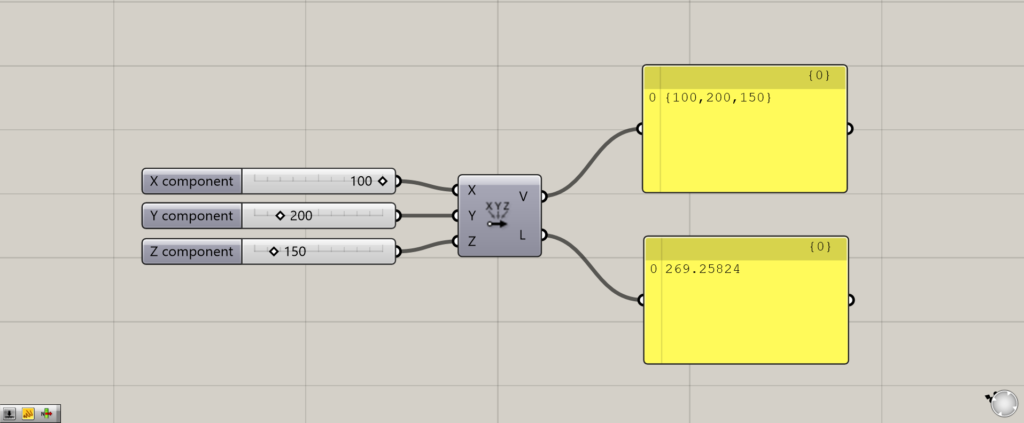
Using Vector XYZ, you can input numerical values of X, Y, and Z coordinates, and extract a vector and its distance.
The Vector XYZ(V) outputs a vector.
When viewed in Panel, it is extracted as coordinates, but this output is a vector from the origin at {0,0,0} to the position of these coordinates.
The Vector XYZ(L) outputs the distance of that vector.
In the case of the image above, this is the distance from the origin {0,0,0} to the coordinates {100,200,150}.
Example of using vectors created with Vector XYZ
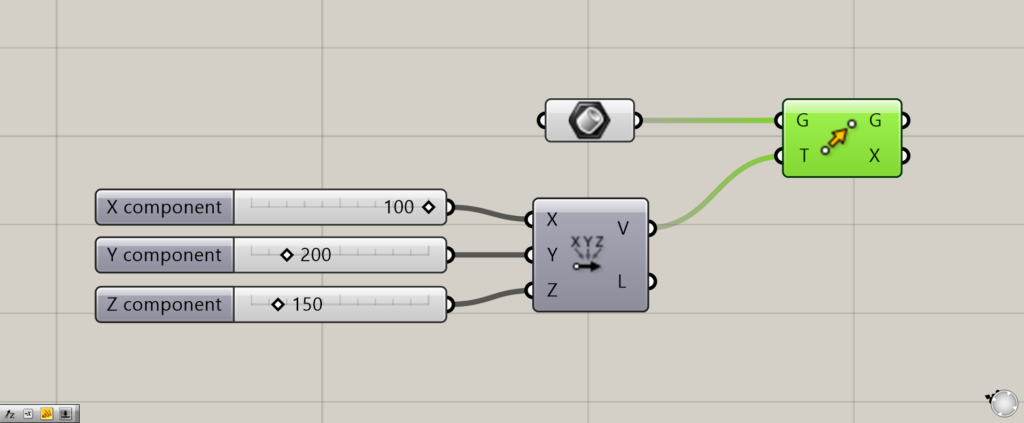
Components used: (1) Brep (2) Vector XYZ (3) Move
Let’s take a look at an example of using Vector XYZ.
In this case, we will use Move to move a cube.
Connect Vector XYZ to the T terminal of Move.
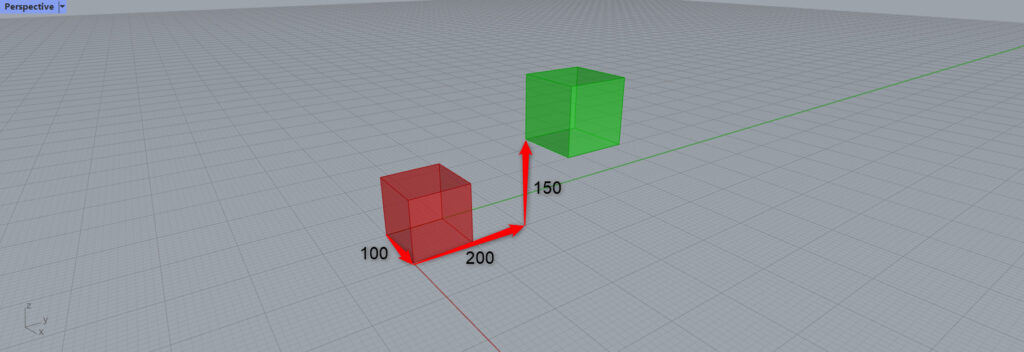
Then, the cube moves by the numerical value specified by Vector XYZ.
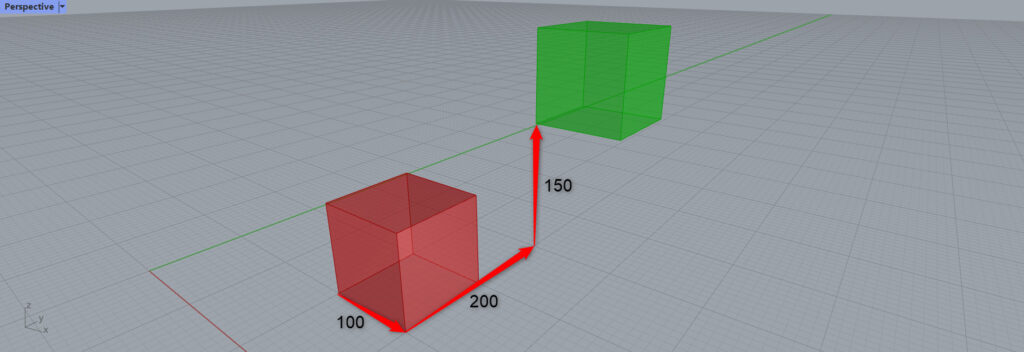
Let’s try shifting the cube.
A vector is created by specifying the coordinates of a single point from the origin.
However, when using a vector, the object affected by it is not necessarily the distance from the origin, but the original position of the object is the origin of the vector.
List of Grasshopper articles using Vector XYZ component↓

![[Grasshopper] How to use Vector XYZ to create a vector from X, Y, and Z coordinates](https://iarchway.com/wp-content/uploads/2025/07/Vector-XYZ.png)



Comment